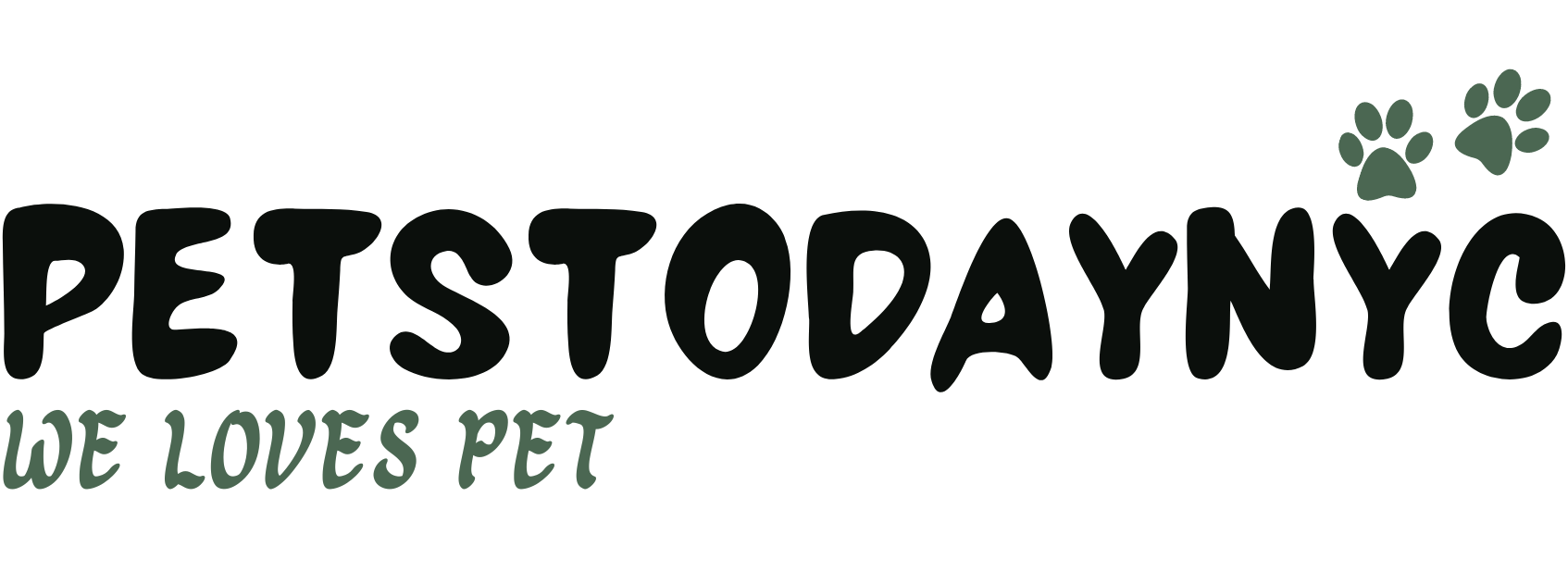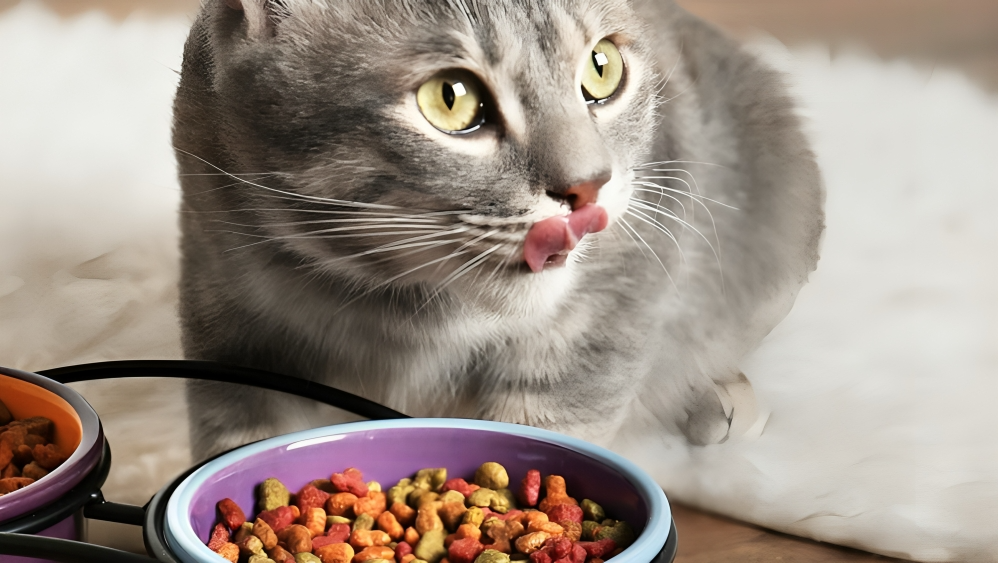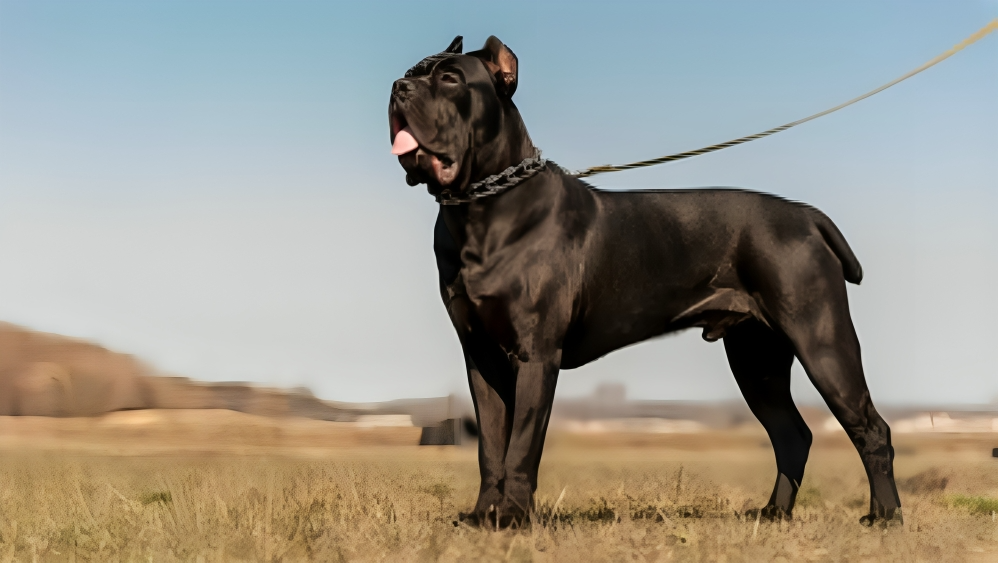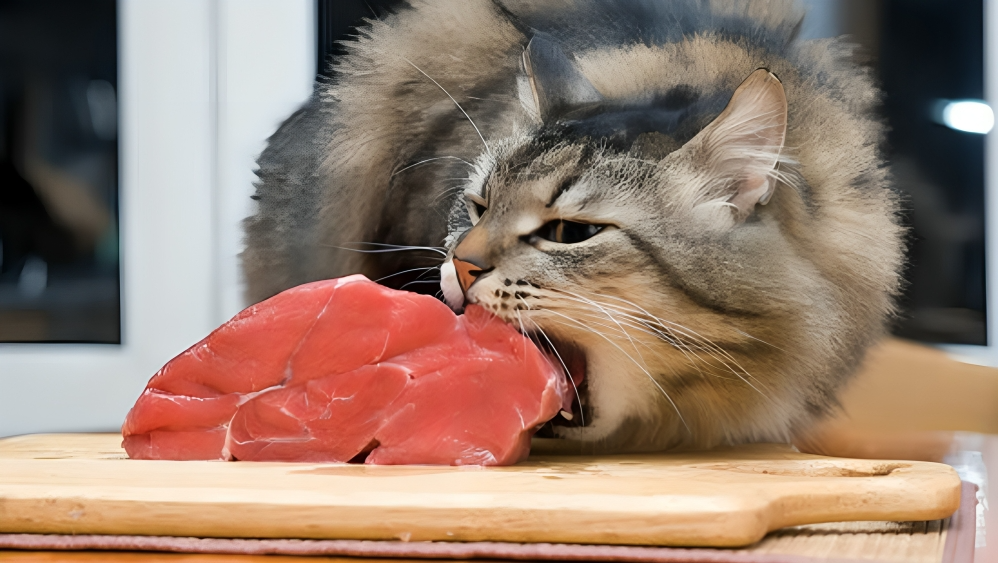The Importance of Choosing Cat Food High in Fiber for Feline Health
Cats are beloved members of many households, and their well-being is a top priority for responsible pet owners. One crucial aspect of feline health that often goes overlooked is dietary fiber. Just like humans, cats benefit from a balanced and nutritious diet, and incorporating cat food high in fiber can play a significant role in maintaining their overall health. In this comprehensive guide, we will delve into the importance of fiber for cats, the benefits of a high-fiber diet, and provide recommendations for the best cat foods rich in fiber.
READ MORE…..
Understanding Fiber in Cat Nutrition
Fiber plays a significant role in a cat’s diet, contributing to overall health and well-being. While cats are obligate carnivores and primarily require nutrients from animal sources, including some fiber in their diet can be beneficial for several reasons:
Digestive Health
Fiber helps regulate the digestive system by promoting regular bowel movements. It can prevent constipation and contribute to the overall health of the gastrointestinal tract.
Hairball Control
Cats groom themselves regularly, and hairballs can be a common issue. Some types of fiber, such as psyllium, can help move hair through the digestive system, reducing the likelihood of hairball formation.
Weight Management
High-fiber diets can contribute to a feeling of fullness, potentially helping to control or manage weight in cats. It can be particularly useful in cats prone to obesity.
Blood Sugar Regulation
Fiber can play a role in regulating blood sugar levels. In diabetic cats, a high-fiber diet may help manage glucose levels by slowing the absorption of sugar from the digestive tract.
Preventing Anal Gland Issues
Adequate fiber intake can help maintain proper stool consistency, which may contribute to the natural expression of the anal glands during bowel movements. This can help prevent issues related to anal gland impaction.
Supporting Senior Cats
As cats age, they may experience changes in their digestive function. Including moderate amounts of fiber in the diet can be beneficial for senior cats to support digestive health and regular bowel movements.
Gut Microbiota Health
Fiber serves as a prebiotic, promoting the growth of beneficial bacteria in the cat’s gut. A healthy gut microbiota is essential for optimal digestion and nutrient absorption.
It’s important to note that while fiber can be beneficial, cats have specific dietary requirements, and their primary source of nutrition should come from animal-based proteins. Too much fiber in a cat’s diet can lead to nutrient imbalances, so any dietary changes, including adding fiber, should be made under the guidance of a veterinarian.
Choosing the Right Cat Food
Reading Labels
When selecting cat food, carefully read labels to identify the fiber content. Look for sources of natural fiber, such as whole grains and vegetables.
Gradual Transition
If introducing a high-fiber diet, make the transition gradual to allow your cat’s digestive system to adjust. Abrupt changes can lead to gastrointestinal upset.
Consulting with a Veterinarian
Before making significant changes to your cat’s diet, consult with your veterinarian. They can provide personalized recommendations based on your cat’s age, weight, and health status.
How To Make High-Fiber Cat Food
Creating high-fiber cat food at home requires careful consideration of your cat’s nutritional needs. Before making any changes to your cat’s diet, it’s crucial to consult with a veterinarian to ensure that you’re meeting all of your cat’s specific dietary requirements. Cats are obligate carnivores, which means they require nutrients found in animal tissues to thrive.
If your veterinarian recommends a higher fiber diet for your cat due to specific health concerns, here are some general guidelines for making high-fiber cat food at home.
Ingredients
- Lean Protein Source: Choose a high-quality, lean protein source such as chicken, turkey, or fish. Be sure to cook it thoroughly to eliminate any harmful bacteria.
- Vegetables: Include high-fiber vegetables like pumpkin, sweet potatoes, or peas. These can be cooked and mashed or pureed to make them more palatable for cats.
- Fiber Supplements: You can add fiber supplements such as psyllium husk or powdered cellulose to the mix. However, it’s important to consult your veterinarian for the correct dosage.
- Carbohydrates: Small amounts of cooked rice or oats can be added to provide additional fiber.
- Healthy Fats: Include a small amount of healthy fats, such as fish oil, to provide essential fatty acids.
- Calcium: Ensure that the diet contains sufficient calcium. You may need to add a calcium supplement if necessary.
Instructions
- Prepare the Protein Source: Cook the chosen protein source thoroughly, removing any bones and excess fat. Cut it into small, bite-sized pieces.
- Cook Vegetables: Cook the high-fiber vegetables until they are soft. Mash or puree them for better digestibility.
- Mix Ingredients: Combine the cooked protein, vegetables, and any additional ingredients in the desired proportions. Ensure that the mixture is well-mixed to provide a balanced nutritional profile.
- Portion Control: Pay attention to portion control. Consult your veterinarian to determine the appropriate amount of food for your cat’s size, weight, and health needs.
- Gradual Transition: When introducing a new diet, it’s essential to make a gradual transition to avoid digestive upset. Mix the new high-fiber food with your cat’s current food, gradually increasing the proportion of the new food over several days.
Remember that this is a general guideline, and individual cat dietary needs can vary. Always consult with your veterinarian before making significant changes to your cat’s diet, especially when targeting specific health concerns. They can guide the appropriate nutrient levels and help monitor your cat’s health during the transition.
Top High-Fiber Cat Foods
- Hill’s Science Diet Adult Indoor Weight & Hairball Control: This cat food is specifically formulated for indoor cats, addressing weight management and hairball control. It contains natural fibers for digestive health.
- Blue Buffalo Wilderness Indoor Hairball & Weight Control: Blue Buffalo’s formula is designed to help indoor cats maintain a healthy weight while minimizing hairballs. It includes a blend of fibers for optimal digestion.
- Royal Canin Veterinary Diet Gastrointestinal Fiber Response: Recommended for cats with digestive sensitivities, this veterinary diet is rich in fiber to support gastrointestinal health. It can be beneficial for cats with chronic digestive issues.
Conclusion
In conclusion, choosing cat food high in fiber is a proactive step towards ensuring the well-being of your feline companion. From promoting digestive health to managing weight and diabetes, the benefits of a high-fiber diet are extensive. By understanding the role of fiber in feline nutrition and selecting the right cat food, you can contribute to a longer, healthier life for your beloved cat. Always consult with your veterinarian to tailor your cat’s diet to their specific needs and conditions.



